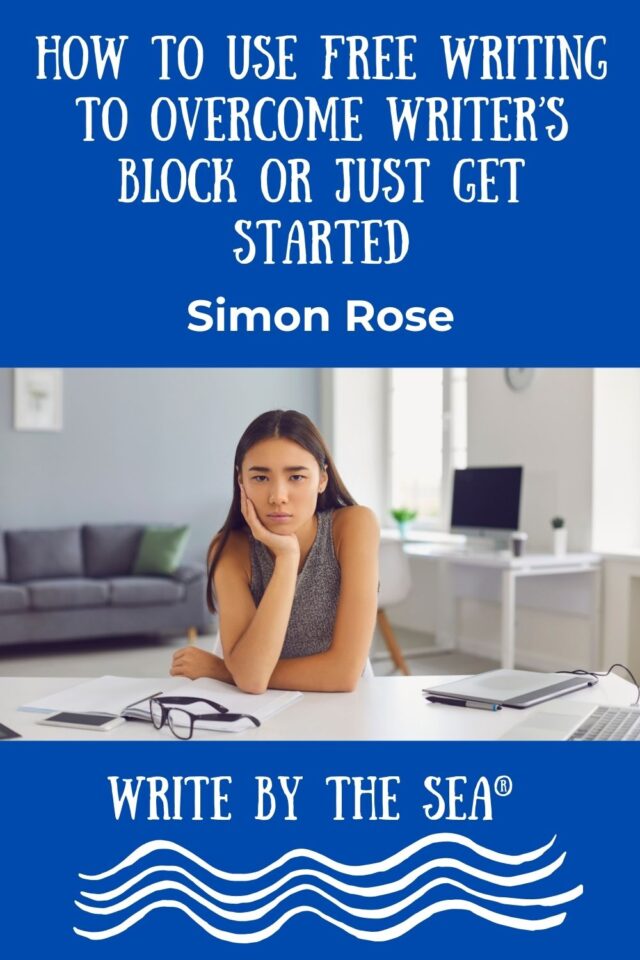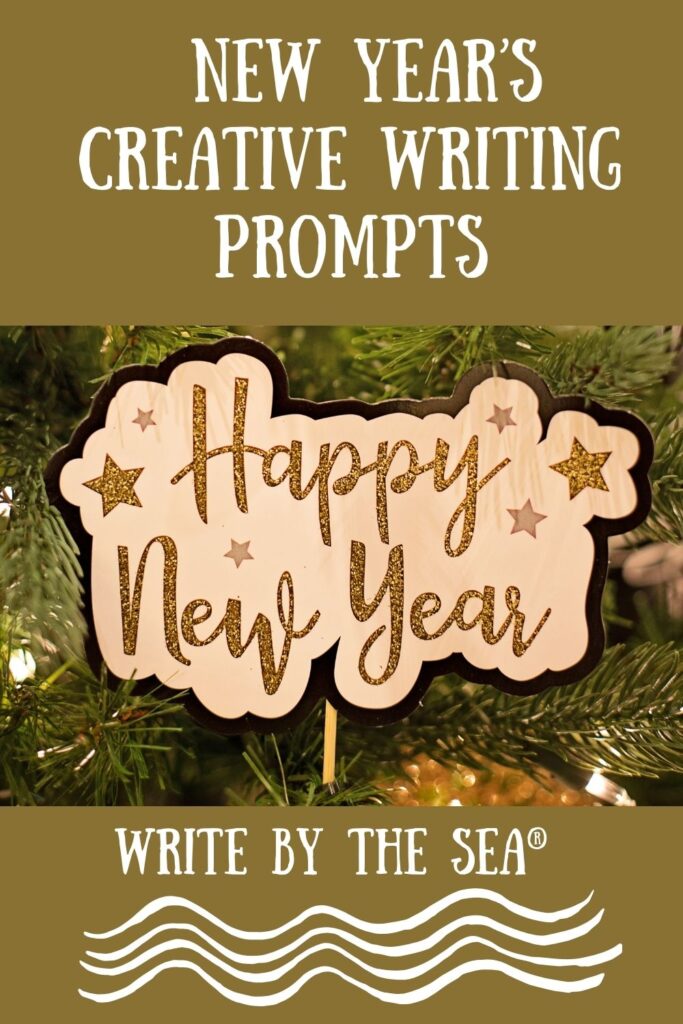The following is an excerpt from The Children’s Writer’s Guide.

Free writing, sometimes referred to as stream-of-consciousness writing, involves writing continuously for a set period of time.
Spelling, grammar, punctuation, and even a topic are largely irrelevant.
Although the process may appear to result in mostly unusable material, it can help writers get to grips with their subject matter or to overcome the dreaded writer’s block.
If you’re a regular writer, whether of stories for children, magazine articles, non-fiction pieces or something else entirely, you most likely already have a topic in mind.
But you can certainly adapt the free writing method to suit your own purposes.
It can be a good exercise to see if you can write a certain number of words in a day, but don’t be too concerned with the quality of the ideas.
Nor do you need to think too much about editing and revising at this stage, since you can do that later.
When you’re engaged in the exercise, the objective is to write as much as possible in the time you have allotted.
You may decide to complete a certain word count completed that day or set yourself a time limit.
Working against the clock may give you the incentive you need to get the job done.
Writing a thousand words, for example, may seem daunting, but is very achievable.
Even if you end up deleting a lot of this text afterwards, you still have the material to work on, no matter how irrelevant some of it may turn out to be.
You’ll have to review the material before you decide which parts to get rid of, and in the process, you might get some new ideas for the project or take it in a completely new direction as you discover that much sought after inspiration.

Learn more about The Children’s Writer’s Guide and all Simon’s other books on his website at https://simon-rose.com/.
Simon also offers a variety of coaching services for writers and his Writing for Children and Young Adults online course.

